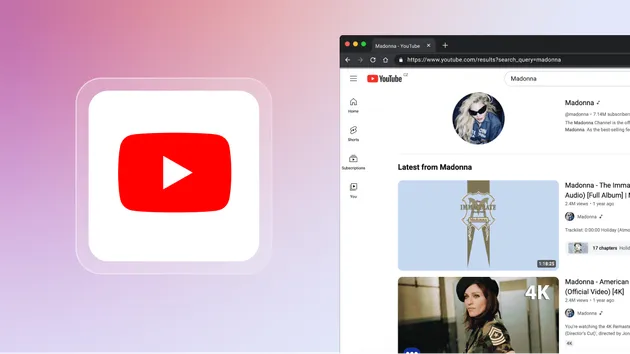Youtube video summarizer
Pricing
$5.00/month + usage
Youtube video summarizer
YouTube Video Summarizer - Transform any YouTube video into intelligent AI-powered summaries. Extract subtitles and generate comprehensive text summaries using OpenAI's latest GPT models. Perfect for content research, education, and productivity.
0.0 (0)
Pricing
$5.00/month + usage
0
1
1
Last modified
2 months ago



